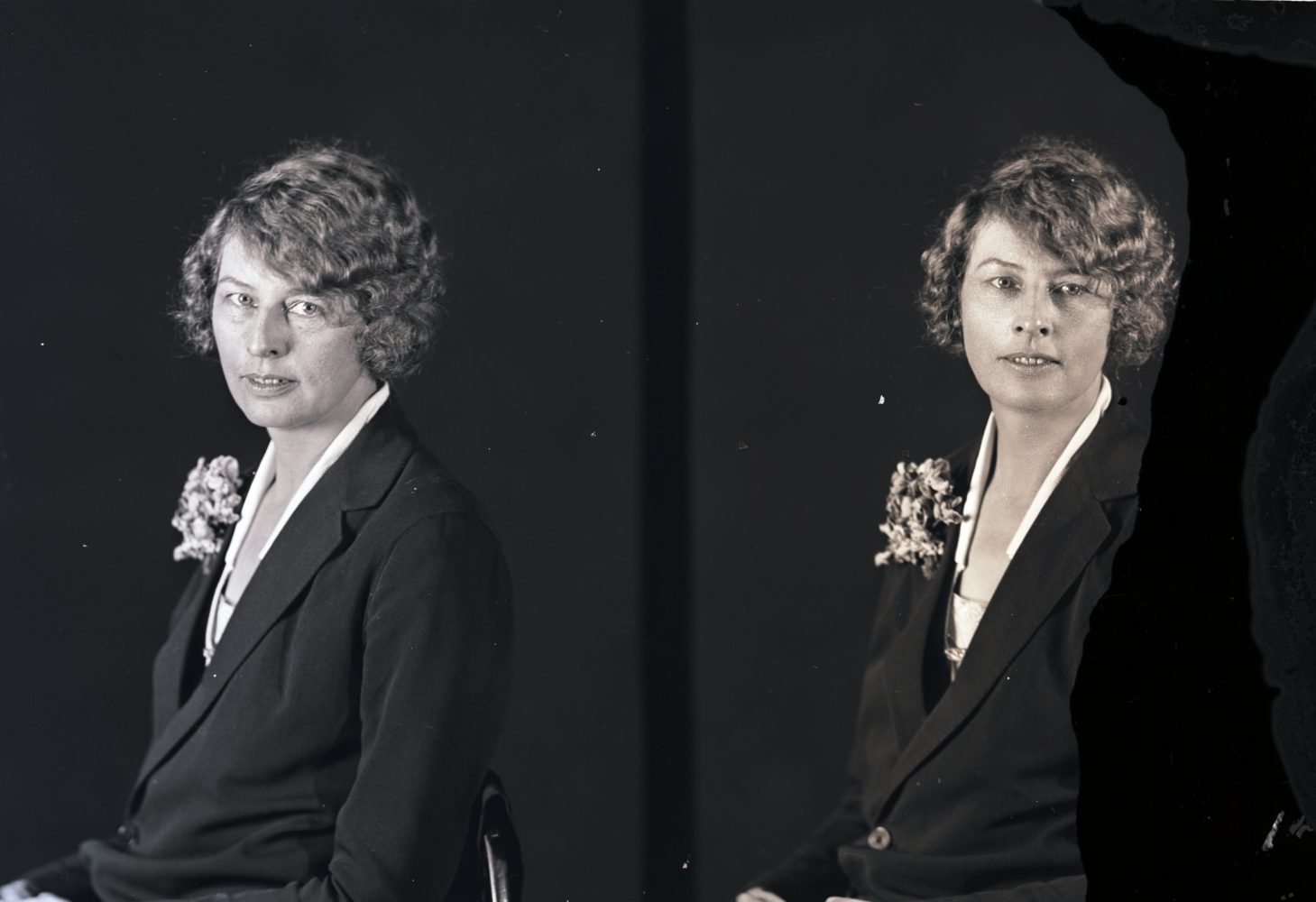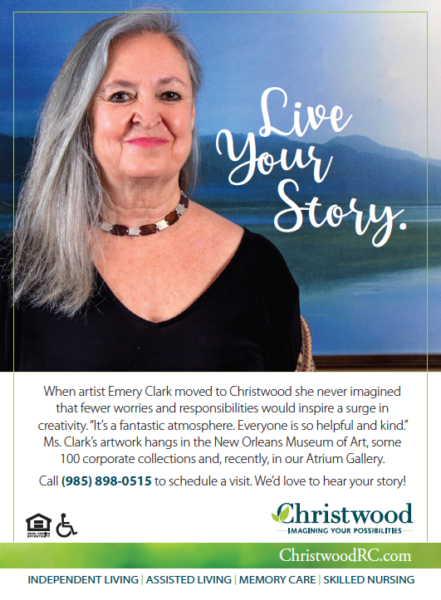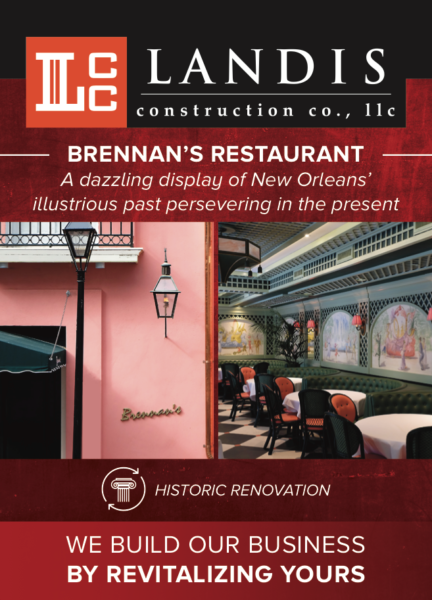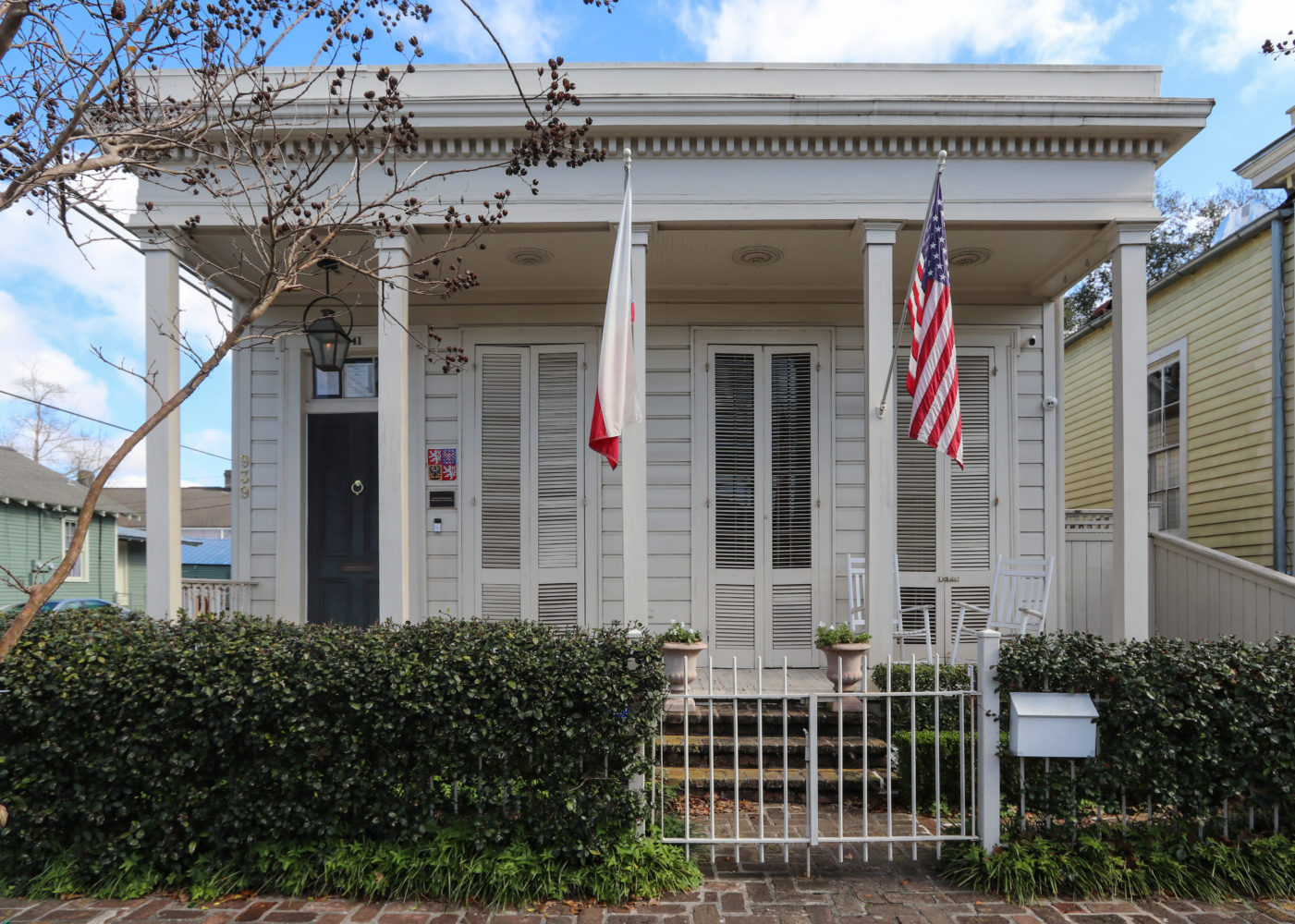This story appeared in the March issue of PRC’s Preservation in Print magazine. Interested in getting more preservation stories like this delivered to your door monthly? Become a member of the PRC for a subscription!
Have you heard of Elizebeth Werlein? For the historians reading this column, there will, of course, be a resounding “yes.” For those of you who aren’t familiar with Werlein, here is another question: Have you heard of the French Quarter? Without her, the city’s oldest neighborhood would probably look dramatically different today.
A native of Michigan, Werlein was fierce in her protection of her adopted neighborhood, and fought for many years to create formal protections for the Vieux Carré, only the second such historic district established in the nation. The self-proclaimed “Mayor” of the French Quarter, she was relentless in her advocacy, spending her days working with residents and staking out officials at City Hall. It is said that she described the French Quarter’s buildings as unique pieces of art, each detail special to the artist who built it, and that such appreciation drove her to continually work to raise awareness.
It may seem silly to us now that so much work would have to be done to protect one of the world’s most unique and beautiful neighborhoods. Yet a century ago, in Werlein’s time, the French Quarter was seen as an uncouth slum. Many buildings were in disarray, crammed with working-class families, many of them immigrants.
When a commission was created at the turn of the 20th century to find a new location for the Louisiana Supreme Court, it proposed that the court’s then home, the Cabildo, be demolished for a new, modern courthouse. The opposition to that proposal was so fierce that efforts then turned to an alternate idea — raze a block elsewhere in the Vieux Carré to make room for a new courthouse. A densely populated block of St. Louis Street was chosen as the new site, despite the fact that the 19th-century buildings there held residences and shops. Seen as tenement-like, the commissioners framed the destruction as a way to clean up the Quarter. But many residents mourned the loss as the buildings came down at the beginning of the 1900s. The courthouse was completed by 1910.
This was the reality of the French Quarter as Werlein single-handedly fought for the formation of the Vieux Carré Commission, the city agency responsible for the strong protection of the neighborhood. At the time of its charter in 1936, it was only the second such protective district in the nation. The concept of historic protection was cutting edge, and was only realized thanks to Werlein’s petitioning of state leaders, who codified the VCC in the state constitution.
Two years later, Werlein served as the founding president of the Vieux Carré Property Owners and Residents Association, or VCPORA, a watchdog advocacy group that is still fighting to protect the French Quarter today.

Elizebeth Werlein in an undated photo from the Joseph Woodson “Pops” Whitesell Collection 1096, Box 7, Item 139, Louisiana Research Collection, Howard-Tilton Memorial Library, Tulane University.
What made Elizebeth Werlein so prescient in her insistence, against popular opinion, that the French Quarter had cultural and historical value? How did she see what so many other civic leaders, the brightest minds in New Orleans, couldn’t appreciate?
This question is asked of many women whose perseverance and vision has helped save countless historic sites across the United States. Indeed, historic preservation as a concept was founded in this country by women, and the field has flourished thanks to the tireless devotion that female leaders have brought. If you research historic districts in most large cities, you will undoubtedly find one or more women who led the charge to save it from the pressures of modern “progress.” As we remember the centennial of women’s suffrage in the United States this year, and celebrate women’s history, it’s important to recognize how barren our nation’s most important cities and towns would be if women had not stepped up to save the sites that historically matter the most.
In Werlein’s case, there are several things one might point to as reasons why she was able to see value in the French Quarter. She grew up in Bay City, Mich., so had an outsider’s appreciation for the artistry found in the Vieux Carré. She was educated and married to a prominent businessman, so had the resources to defend the culture and the time to pursue its salvation.
Advertisement
Perhaps above all, Werlein was a fearless person. She was one of the first women to fly in a hot air balloon, had a pilot’s license, wrote a book to promote the French Quarter, founded clubs, was the first president of Louisiana’s League of Women Voters, was an accomplished singer, and worked in marketing for the Saenger Theater. She seemed to readily dismiss any perceived limitation on her gender — and a century later, we all reap the benefits, as lovers of New Orleans, of her tireless work.
Werlein is perhaps the best example, but there are so many other women who led campaigns, big and small, to save New Orleans’ historic sites. Without women such as Martha Gilmore Robinson, who co-founded the Louisiana Landmarks Society, or Mary Lou Christovich, who helped found Save Our Cemeteries, Felicity Redevelopment and the Preservation Resource Center, who, if anyone, would be working every day to protect our city’s heritage?
Women’s leadership in preservation continues to this day. PRC’s recently retired director, Patty Gay, is a wonderful example, having led this organization for 37 years. Diane Manget, Margie Villere and Louise Martin long protected our city’s historic neighborhoods, while leaders such as Naydja Bynum, Muffin Balart and Kristin Palmer, working at the city level and through organizations such as PRC, still make change possible. Beverly McKenna has permanently enriched our city as co-founder and editor of the New Orleans Tribune and through Le Musee de FPC (Free People of Color), which she co-founded with her husband to tell the story of the innumerable contributions of the Free People of Color to New Orleans’ culture — a story not well known until their efforts.
There are so many others who deserve recognition. This March, as we celebrate women’s history and all of its fascinating aspects, remember that our nation’s most treasured places are there because women cared.
Danielle Del Sol is the Executive Director of the Preservation Resource Center.
Advertisement








